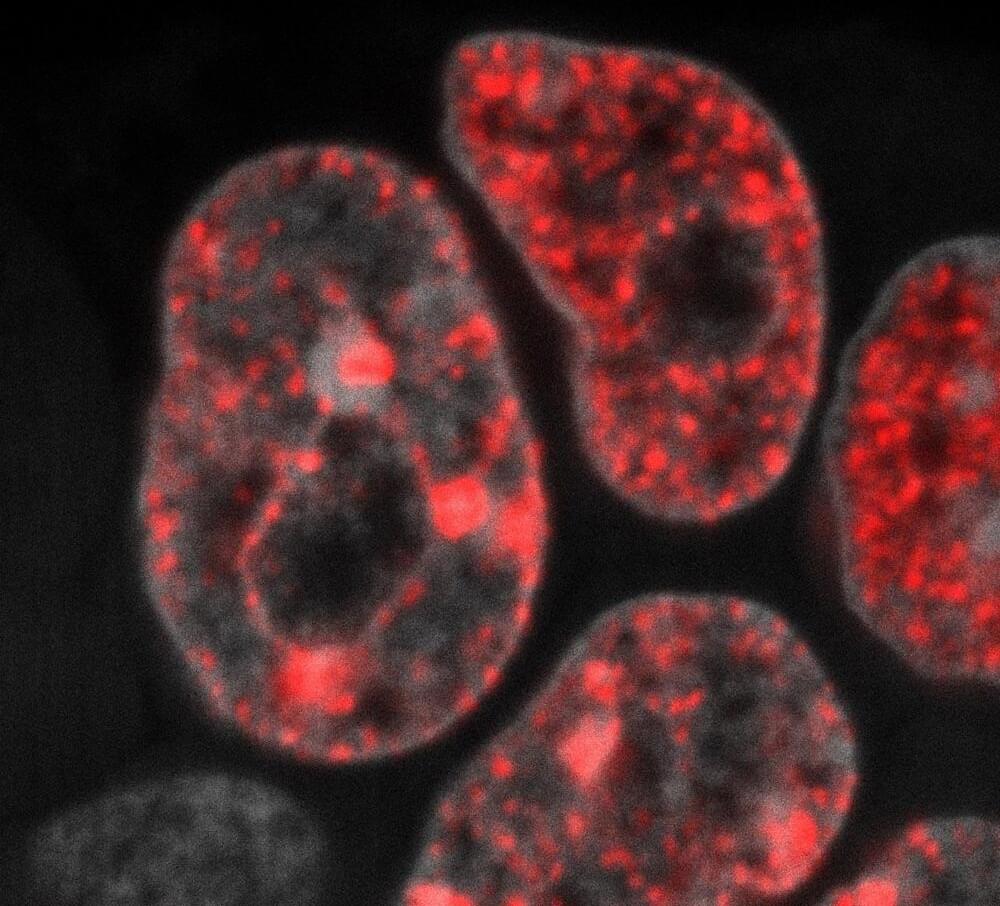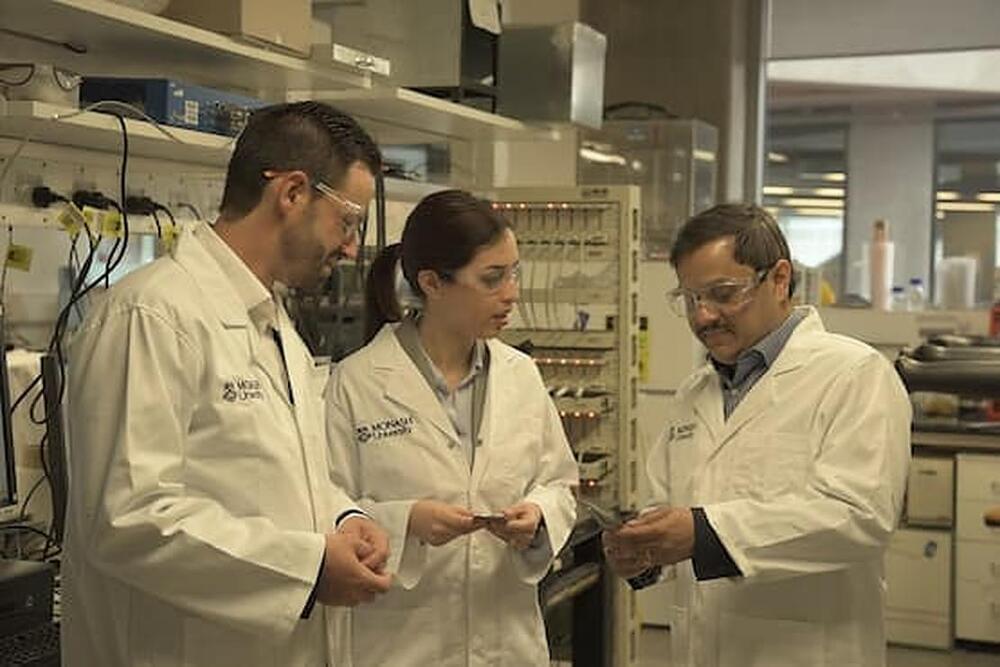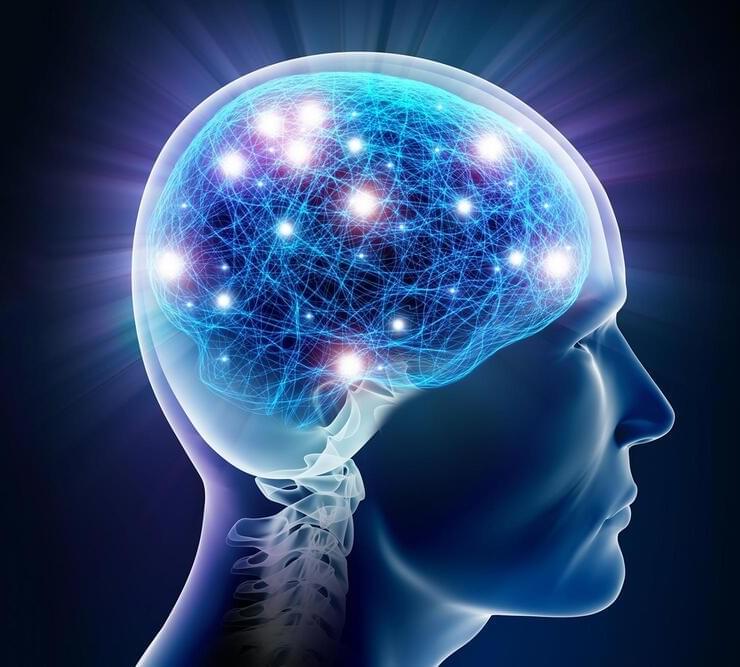Mar 11, 2022
Stanford Scientists Say Brain Magnets Can Relieve Depression
Posted by Dan Breeden in categories: biotech/medical, neuroscience
Researchers at the Stanford University School of Medicine say that they were able to treat depression in patients by stimulating their brains with magnets.
In a study published on Friday 0, the researchers found that nearly 80 percent of patients had experienced remission of their depression after the procedure, which is called Stanford neuromodulation therapy (SNT). The technique is a modified form of transcranial magnetic stimulation (rTMS) and works by delivering high doses of magnetic pulses into a patient’s brain with a device containing magnetic coils placed outside of their skull.
The treatment takes just five days and is customized to each patient based on an MRI scan which shortens the typical timeline of rTMS treatment from a span of weeks into days.


















